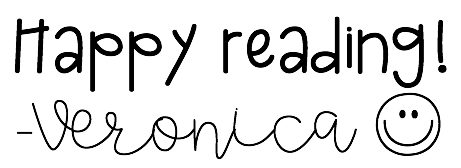A Light in the Attic

Title: A Light in the Attic
Author & Illustrator: Shel Silverstein
Genre: Poetry
Awards: ALA Notable Children's Book, Library of Congress Children's Book
Age Group: 1st-8th grade
I absolutely love Shel Silverstein's poems! They were a favorite of mine as a child, so I was excited to re-visit them. This book of poems does not have one particular topic, but they are typically short and silly! The book is named after the first poem inside. One poem, How Not to Have to Dry the Dishes, encourages the reader to "accidentally" break dishes to avoid getting stuck with the chore. Something Missing tells of the tragic plight of a man who forgot to put on his pants. Unscratchable Itch is all about that relatable predicament of trying to contort your body as to finally get that annoying itch to cease its torture. Peckin' is a sad little tale of a woodpecker and a plastic tree. Skin Stealer tells of an unfortunate robbery that takes place when someone's head and skin are snatched up and put on. Yikes. The final poem, This Bridge, invites the reader to complete the bridge on their own, through their own imagination and creativity.
I will 100% use A Light in the Attic as well as Shel Silverstein's other poetry books in my classroom! They really make children see that poetry can be fun and silly and that it is not always so serious. Poetry can be intimidating for many students, but I think these poems break down that barrier a bit. They are super duper short so it would be easy to read a few of them aloud at a time.
I would recommend this poetry book for students anywhere from 1st through 8th grade. The poems are very readable but older students can definitely analyze the poems for different elements. Any age would probably enjoy these poems, but they were specifically designed for kids. Some of the topics are aimed towards a child's point-of-view, so students will be able to relate to the poems.
An idea for a lesson plan would be to have students re-create some of the drawings of the gnarly characters in this book using their own imagination to envision how they might look. Of course, older students could analyze the poems for poetic and literary elements, but even younger students could look at the rhyme schemes and general tones of the poems. Lastly, students could practice reading aloud some of the poems with a partner to speak in an engaging way and make the poems come to life.




Comments
Post a Comment